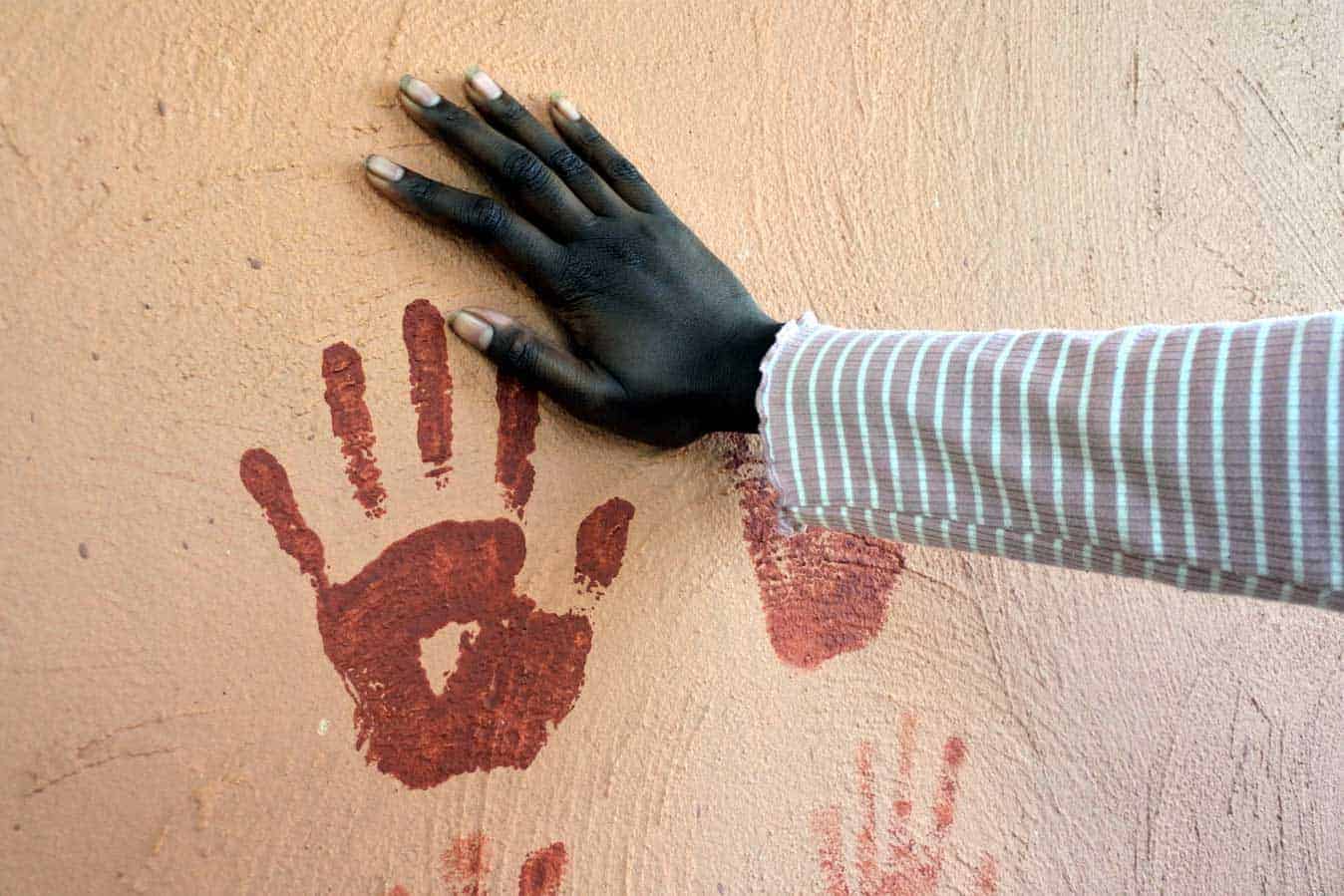“More of the same isn’t good enough, we have to do better,” said Federal Minister for Indigenous Australians Linda Burney on the release of the latest Closing the Gap report which shows slow progress with few targets on track to be met by 2031.
An Indigenous Voice to Parliament is the structural reform needed to improve outcomes for Aboriginal and Torres Strait Islander peoples, says Minister Burney.
The latest Closing the Gap annual data released this week shows poorer outcomes in early childhood development, increased numbers of adults in prison and children in out-of-homecare, as well as a rise in Indigenous suicide since baseline.
The Productivity Commission’s third Closing the Gap Annual Data Compilation Report shows only four of the 19 targets are on track, while four have deteriorated.
“Four targets are getting worse – this is not acceptable. More of the same isn’t good enough, we have to do better. A Voice to Parliament will help to close the Gap, because we know that listening to communities leads to better outcomes that improve people’s lives,” Minister Burney said.

“When structural and systemic change is made, there will naturally be a positive effect on the trajectory of the Closing the Gap targets,” said Coalition of Peaks lead convenor Patricia Turner.
The National Agreement on Closing the Gap between Australian governments and Aboriginal and Torres Strait Islander peak organisations, commits governments to greater efforts to overcome the entrenched inequality faced by Aboriginal and Torres Strait Islander people.
Encouragingly the latest report shows the proportion of Aboriginal and Torres Strait Islander people aged 25-64 who are employed is improving and on track. There has been a 30% reduction in the rate of Aboriginal and Torres Strait Islander young people (10-17 years) in detention, while preschool enrolments have improved. Land subject to Aboriginal and Torres Strait Islander people’s legal rights or interests also remains on track.
However the data shows a slide in the number of children developmentally on track, increased numbers of children in out-of-home care, increased adult incarceration rates and an alarming rise from baseline in suicide.
Peak body for Indigenous Children SNAICC CEO Catherine Liddle said the gap was becoming a chasm for Aboriginal and Torres Strait Islander children.
“More and more Aboriginal and Torres Strait Islander children are being removed from families and put into out-of-home care. Fewer children are developmentally on track when starting school.
“Where we are seeing progress it’s encouraging but it’s not happening at the scale required for genuine reform. Australia needs to do things differently if Aboriginal and Torres Strait Islander children are going to have a brighter future.”

Assistant Minister for Indigenous Australians and Indigenous Health Malarndirri McCarthy said Indigenous people wanted to see a better future for their children, themselves and their communities.
“We can only turn the tide on closing the gap if we give communities a genuine say in developing solutions now and into the future.”
Aboriginal and Torres Strait Islander peoples and organisations must lead the design, and implementation of the close the gap strategy and initiatives, if the targets are to be met.
Minister Burney said the proposal for an Indigenous Voice to Parliament would help develop policy to address the Closing the Gap targets.
“Overall, the gap is not closing quickly enough. It is why we need a Voice to Parliament, to ensure Aboriginal and Torres Strait Islander people are heard on the matters that affect their communities and better policy is developed.”
Embedding an Aboriginal and Torres Strait Islander Voice to Parliament in the Constitution and the implementation of the Uluru Statement from the Heart provide critical opportunities for Australia to create mechanisms for partnership, Aboriginal and Torres Strait Islander-led decision-making, self-determination, truth-telling and healing that will accelerate efforts to close the gap.
“We are committed to improving the lives of Aboriginal and Torres Strait Islander peoples and closing the gap which is only possible through strong partnerships with the Coalition of
Peaks, state and territory governments and ultimately a Voice to Parliament,” Minister Burney said.
Targets on track and improving
- Increased proportions of children enrolled in early education
- Increased proportions of people aged 25 to 64 in employment
- Reduced numbers of young people in detention
- Increasing Australia’s land mass subject to Aboriginal and Torres Strait Islander people’s legal rights or interests
Targets not on track but improving
- Closing the gap in life expectancy within a generation
- Increasing the proportion of babies with a healthy birthweight
- Increasing the number of children attaining year 12 or equivalent qualifications
- People aged 25 to 34 completing tertiary qualifications
- Youth aged 15 to 24 in employment or education
- People living in appropriate housing
- Increasing the size of sea covered by Aboriginal and Torres Strait Islander people’s legal rights or interests
Targets not on track and worsening
- increasing the proportion of Aboriginal and Torres Strait Islander children assessed as developmentally on track
- decreasing the rate of adults held in incarceration
- reducing rates of children in out-of-home care
- a significant and sustained reduction in suicide
This year, the Productivity Commission applied new analyses and data at jurisdictional level to break down select targets by socioeconomic disadvantage and remoteness.
The Annual Data Compilation Report is available on the Productivity Commission website at









